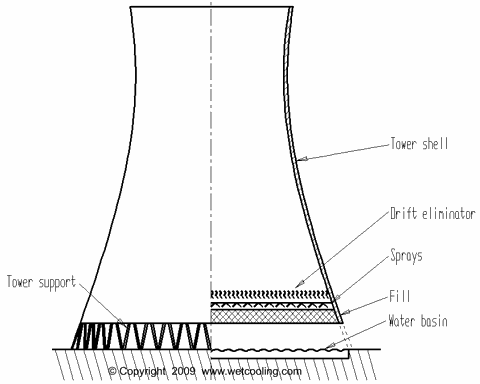Nomenclature:
D = diameter of pipe
DH = Hydraulic diameter
L = Length of the pipe
Lch = characteristic length
R = Length through which conduction occurs.
u = mean characteristic velocity of the object relative to the fluid.
Vch = Characteristic velocity
k = thermal conductivity
μ = dynamic viscosity of the fluid
 = density of fluid.
= density of fluid.h = heat transfer coefficient.
g = acceleration due to earths gravity.
t = characteristic time
ν = Kinematic viscosity of fluid.
α = Thermal diffusivity
β = volumetric thermal expansion coefficient ( = 1/T for ideal fluids, T = absolute temperature)
Ts = surface temperature
T∞ = Bulk Temperature
Significance:
- Ratio of Inertial forces to viscous forces.
- Primarily used to analyse different flow regimes namely Laminar, Turbulent, or both.
- When Viscous forces are dominant its a laminar flow & when Inertial forces are dominant it is a Turbulent flow.
=======X=======X=======X=======X=======X======X=======X=======X====
- Depends only on fluid & its properties. It is also ratio of velocity boundary layer to thermal boundary layer
- Pr = small, implies that rate of thermal diffusion (heat) is more than the rate of momentum diffusion (velocity).
- Also the thickness of thermal boundary layer is much larger than the velocity boundary layer.
=======X=======X=======X=======X=======X======X=======X=======X====
Significance:
- Analogous of Prandtl number in Heat Transfer.
- Used in fluid flows in which there is simultaneous momentum & mass diffusion.
- It is also ratio of fluid boundary layer to mass transfer boundary layer thickness.
- To find mass transfer coefficient using Sherwood number, we need Schmidt number.
=======X=======X=======X=======X=======X======X=======X=======X====
























